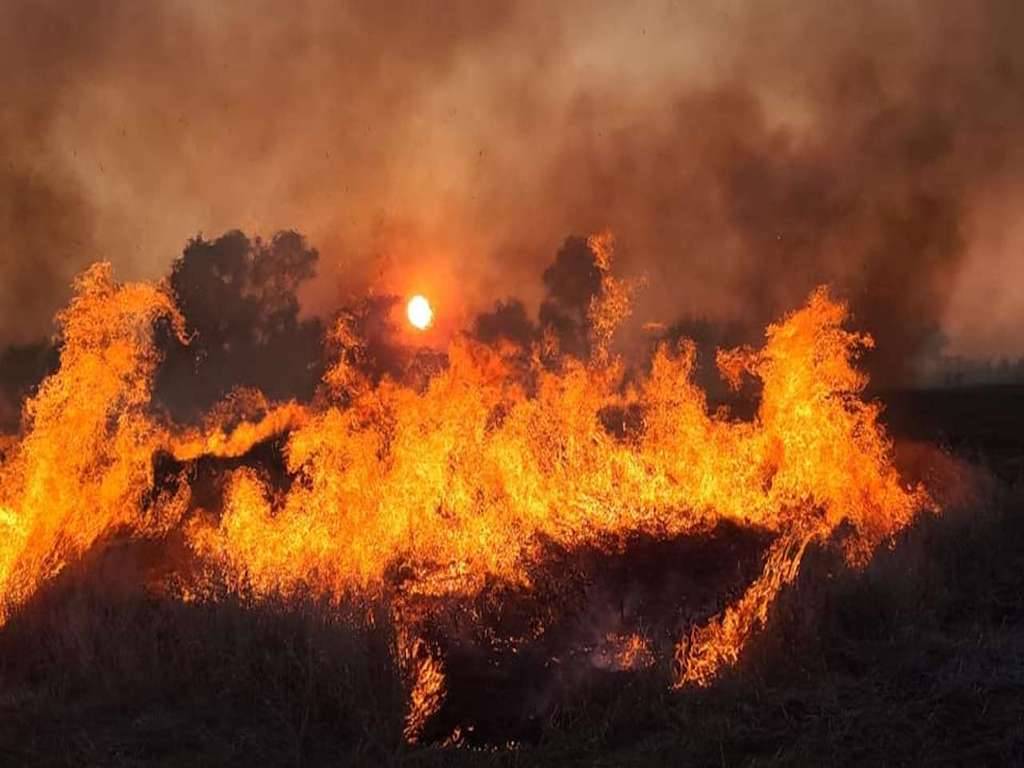
Farmers in Punjab are making the most of the public holiday on Sunday, as a huge number of stubble burning events have been reported throughout the rural areas. Farmers were well aware that because it was a holiday, no government teams would be visiting the region to keep an eye on illicit behaviour.
These fires were also witnessed burning dry grass on green belts beside rural roads in some spots. Every year, these unattended fires created by farmers damage a great number of plant seedlings and even giant trees.
On Sunday, residents in rural regions reported a significant spike in stubble burning. Despite the fact that most farmers have already harvested their wheat crop, many have turned the leftover stubble into dry animal feed.
The lower stems of wheat plants, which cannot be utilised by machines to make dry feed, are, nevertheless, burnt. In contrast to paddy, where the entire stubble is useless to farmers, wheat stubble is mostly used to produce dry feed.
"If we don't burn the waste, it will float on water during the puddling of fields for paddy transplanting," a farmer explained. "The notion of direct seeding of rice (DSR technique) has not yet piqued the interest of a large number of farmers, and as a result, the transplanting method continues to be largely chosen," he stated.
Stubble Burning In India
Stubble burning also known as Parali in local language is a practice of intentionally setting fire to the crop residue that includes stems (stubble), leaves, stalks, and seed pods of the yielded crops such as paddy. It is usually being done in the areas where combined harvesting methods are used. This technique is still being practiced on a large scale in India.
There are some serious threats that stubble burning poses. It causes severe deterioration of the air quality Index along with vehicular emissions. The stubble burning being practiced in Uttar Pradesh, Haryana and Punjab contribute majorly to the life-threatening high AQI of the National Capital, Delhi.
The smoke from stubble burning in these regions travels about 250 Km and reaches Delhi. It's just not Delhi that suffers from it, the smoke also reaches various regions of northern India endangering the lives of hundreds of millions of people. The farmers of these regions burn up to 35 million tons of crop residue from April to November.
















